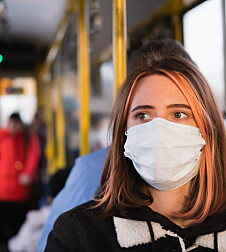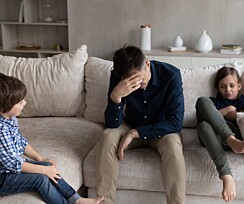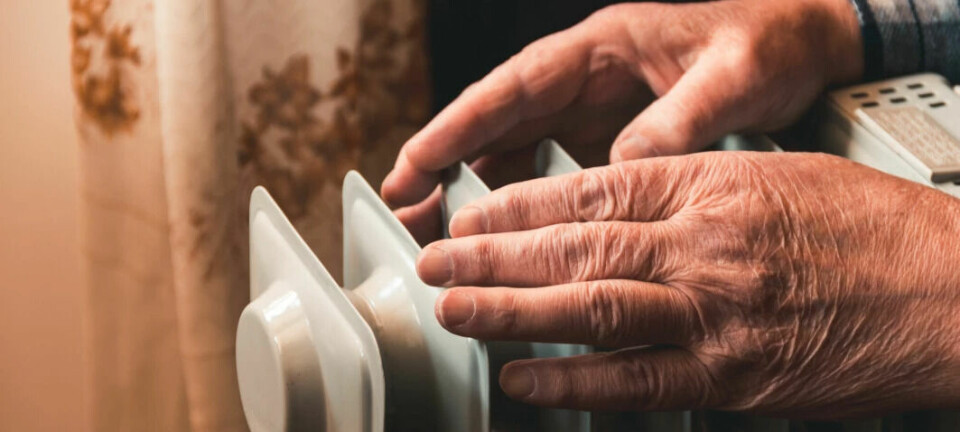
Covid spreads more easily in dry indoor air. Does that mean we should buy humidifiers?
One study finds that Covid spreads the least at 40 to 60 per cent humidity. Can a humidifier save your holiday party from becoming a spreading event?
Many people experience dry eyes and feel more static electricity when the temperature drops outside. The indoor air in many homes becomes dry.
The Norwegian Institute of Public Health has reported a concurrent increase in infection numbers since the weather turned colder.
These seasonal variations are not unique to Norway. Lower temperatures have generally been an indicator of higher infection rates.
The lower temperatures also cause drier air indoors. Could the low humidity enable infection to spread more easily?
Researchers from the Massachusetts Institute of Technology have investigated this question and presented their findings in the scientific Journal of the Royal Society Interface.
Meteorology and infection rates
The researchers studied the connection by looking at the Covid-19 statistics in 121 different countries. They compared these figures to meteorological data on temperature, humidity and assumed indoor temperature for the same period.
The researchers hypothesized that the indoor conditions – specifically indoor humidity levels – were making the difference in infection rates.
They found the number of Covid cases increased when the relative humidity rose above 60 per cent and when it fell below 40 per cent.
Warm air holds water
“This study is based on an assumption that relative humidity is important for the infection of respiratory viruses,” explains Johan Øvrevik, research director at the Division of Climate and Environmental Health at the Norwegian Institute of Public Health, and professor at the University of Oslo.
He emphasizes that he has not read the study carefully, but that the same findings have been shown during controlled laboratory studies. We also know that the flu season follows seasonal variations in humidity to a large extent.
The air's ability to hold moisture, or water vapour, is controlled by temperature, Øvrevik says.
That's why your bathroom window fogs up. The air hits a cold surface, cools down and leaves moisture behind. Warm air has a much greater ability to hold water.
Winter air becomes dry when it comes indoors
Øvrevik explains that there is a difference between absolute humidity and relative humidity. Absolute humidity is the total amount of water vapour in the air, usually measured as grams of water per cubic metre of air.
The American study looks at relative humidity, which is the water saturation in the air at a given temperature.
“In winter, you can have up to 80 or 90 per cent relative humidity outside, but the total humidity is low,” says Øvrevik.
This is because cold winter air has a much lower ability to hold water. The figure for relative humidity tells us about how much moisture the air contains relative to the maximum at the given temperature. Relative humidity is what primarily determines whether the air feels dry or not.
In short, this means that when cold winter air is taken in through a ventilation system and heated, the relative humidity indoors can become very low, and the air feels very dry.
Least infection spread at 40 to 60 per cent humidity
Øvrevik explains that the researchers used the outdoor humidity in their study. They calculated what the humidity inside the homes would be and looked at cases of infection and degree of severity.
The study found that more infection and more severe cases – and more deaths – occurred when the relative humidity was lower than 40 per cent or higher than 60 per cent.
Most viruses have a seasonal cycle. Colds, flu, the coronavirus that causes Covid-19 and other viruses flourish when the cold weather arrives. The virus season starts at about the same time as the air becomes drier, says Øvrevik.
“This has been observed in many experimental studies with various respiratory viruses. Researchers have looked at the activity of viruses and that they seem to be inactivated particularly when humidity reaches over 40 per cent. This mainly seems to apply to the group of so-called enveloped viruses, like SARS-CoV2," he says.
Three main theories address why humidity affects respiratory virus infection rates, says Øvrevik. They are all presented in facts boxes below. The professor considers the third theory to be the most likely.
Difficulty with good infection control in private homes
“A lot of people are unable to maintain 40 per cent humidity in the home beyond the autumn season,” says Øvrevik.
In other countries, the health authorities have encouraged ventilation to reduce the risk of infection, which has been discussed at the Norwegian Institute of Public Health as well. Major outbreaks have often occurred in rooms with poor ventilation where many people gathered together.
“We therefore recommend that you have good ventilation in schools, workplaces and in other buildings where a lot of people meet, especially where activities take place that increase the formation of droplets from the breath, such as when singing in choirs or at gyms,” Øvrevik says.
“But if you increase the degree of ventilation in winter, you reduce the humidity indoors. We don't really know what matters most.”
So then that leaves the option of using an air humidifier. Maybe we should pick one up before the holiday party?
Guests = risk
“I personally believe that the most important route of infection for SARS-CoV2 and a number of other respiratory viruses probably happens via air and inhalation, but I think it’s difficult to achieve good infection control in a private home by ventilating or using humidifiers,” Øvrevik says.
He also notes that ventilating likely has the greatest effect on the spread of infection beyond one to two metres.
“The same probably applies to humidity. At a shorter distance, the risk of infection will still be high.”
More research needed in the field
When people get together in someone’s home, maintaining sufficient distance is just difficult.
“People get too close,” says Øvrevik. He believes that the overall effect is probably limited, and adds that more research is needed to better understand the big picture.
“It’s too early to say how effective ventilation is. If you invite guests to your home, of course there’ll be a certain risk of infection whether it’s flu season or Covid-19. At the same time, this is far less serious now that the majority of the population is vaccinated or has had Covid.”
Øvrevik and his colleagues are also concerned about potential negative effects of infection being transmitted via humidifiers.
So is Sverre B. Holøs, a researcher at SINTEF.
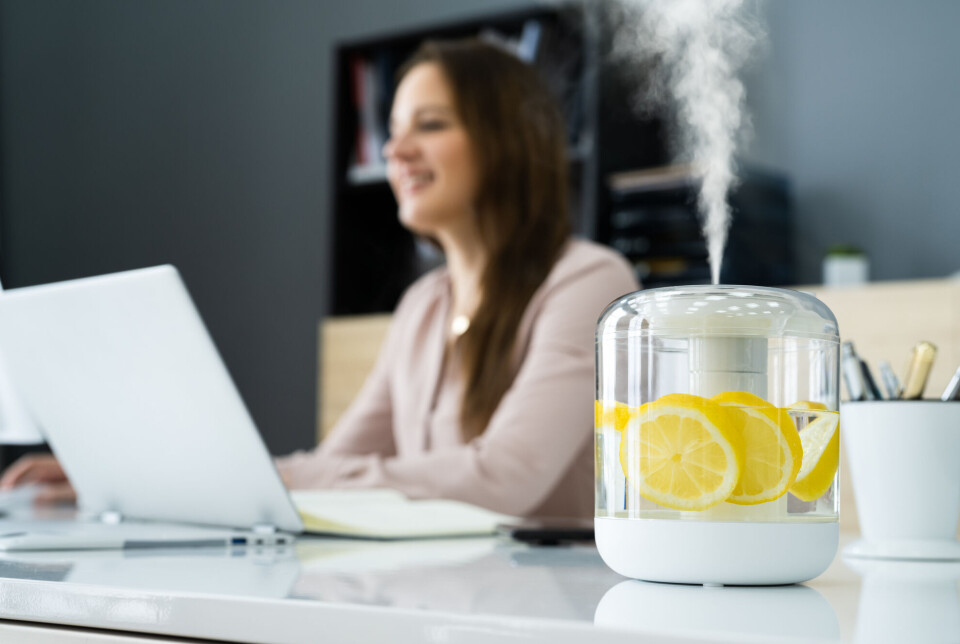
Scepticism runs deep
“I think we need to be a little careful about thinking that we can humidify our way out of respiratory tract illnesses,” says Holøs.
He says that he and others in the indoor climate industry have three main reasons for being sceptical about artificial humidification, like humidifiers.
“Reason number one is that for years we’ve worked extremely hard to get enough ventilation into our houses,” says Holøs.
Good ventilation is important to avoid moisture in buildings, condensation, mould growth, rot and other things you don't want.
“Moisture is the most common cause of building damage that we’ve investigated over time in SINTEF and earlier in Byggforsk. Moisture from indoor air is a cause of damage that seems to be decreasing,” he says and points to better ventilation, tighter construction and better insulation as the most important reasons for this.
Old habits are hard to break – and perhaps shouldn't be changed yet
Holøs says that he has spent most of his career examining buildings and telling people about mould, rot and other things they need to deal with.
“It runs deep in my industry to tell people that they have to stop feeding the fungus with moisture.”
Many houses are still too poorly ventilated, although the problem is on the decline.
“I see a lot of buildings with nice kitchens and bathrooms and fresh colours, but very few people have done anything to improve ventilation, insulation and air tightness in their homes,” says Holøs.
These are typical challenges for homes that are plagued with damp that you read about in the newspapers, says Holøs.
But condensation and rot are not the only concerns.
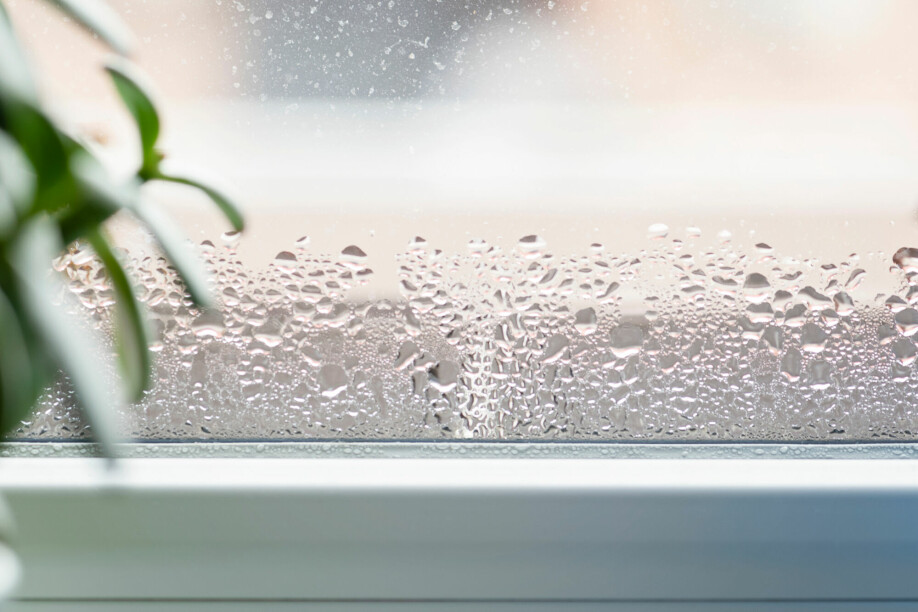
Unrealistic cleaning regime?
Holøs says that the most common humidifier on the market is a so-called ultrasonic atomizer. It transforms water held in a tank into tiny droplets.
“I happened to look at the user manual for a humidifier from one of the big stores the other day,” says Holøs.
It called for daily emptying of the container, and drying, cleaning and disinfection once a week.
“That’s probably a safe regime. But I have my doubts as to whether it’s a realistic regime.”
Potential spreader of bacteria
“Then there’s the possibility that bacteria and microorganisms could grow in the water. And if you have water that contains microorganisms, you risk inhaling them when the water is atomized,” says Holøs.
Legionella bacteria can cause very serious pneumonia, writes the Norwegian Institute of Public Health (in Norwegian).
“Any pollutants in the water will spread into the air. You can’t have anything in a humidifier that you aren’t comfortable inhaling,” he says and warns against disinfectants that can leave residues behind.
Adding steam to the air is another humidifying technology.
This method avoids the problem of spreading viruses, but it is not completely problem free either.
Electric shock
“You have to evaporate a lot of water using this method. That requires a lot of energy, and it's not kind to your electricity bill,” says Holøs.
Although the atomizers are energy friendly, that advantage has a flip side.
“When the water droplets evaporate, they cool the air. So to heat the space, you need the same amount of energy for a steam humidifier as for an atomizer.”
Then comes the difficult question, says Holøs:
“Are there any advantages here that are greater than the disadvantages? Will my wood flooring behave better if I add a little humidity? Does it have a beneficial overall health effect? It might seem that we’re more susceptible to some diseases when the indoor air is drier. But that’s not true across the board.”
Holøs would like to continue to do more research on the topic.
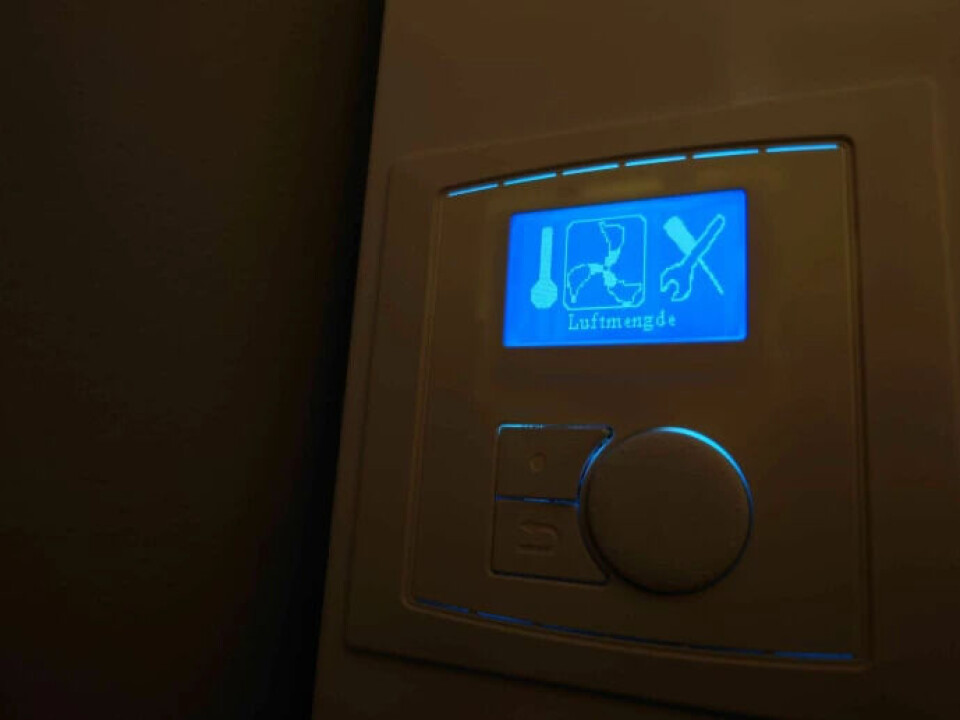
Wool to the rescue
So what’s the solution? Perhaps we need to put up with putting on a few more clothes in the winter.
If you have a variable speed ventilation system, Holøs recommends adjusting it according to one’s use and needs, such as how many people are in the house. When the air is replaced very quickly, the humidity tends to disappear as well.
Exploring the right ventilation solutions for homes is the focus of the ‘Urban ventilation’ project that Holøs is currently working on. Humidity is an important topic of the project.
Holøs has one last tip that everyone can use, but which may not be as popular.
“A small, simple money-saving trick to raise the relative humidity inside is to lower the indoor temperature.”
“If you have good t-shirt temperature inside, you actually have a temperature that makes the air unnecessarily dry.”
So maybe we have to return to what we used to do before our houses became so airtight and well insulated.
“Indoor temperatures have shown a strong increasing trend over a long period of time. Just take a look at your old family photos, and you'll see what people were wearing,” advises Holøs.
Reference:
Verheyen, C. A. and Bourouiba, L.: Associations between indoor relative humidity and global COVID-19 outcomes. Journal of the Royal Society Interface, 2022.
———
Read the Norwegian version of this article at forskning.no
------








